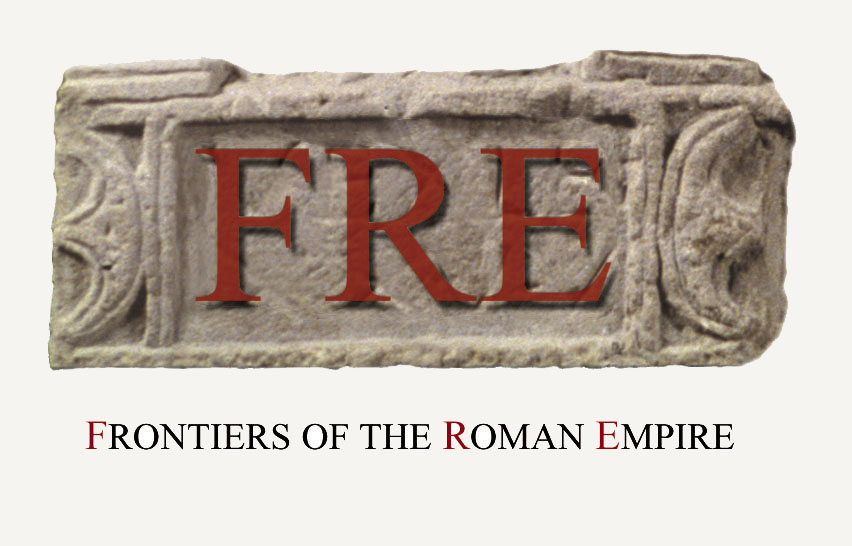|
The peace
remained in the area along the North-Pannonian border until the
first half of the 2nd century AD. Howewer, inside the
territory of Germanic tribes, riots already started. It seems
likely thet the migration of Gothi tribes probably started the
vast movement of other tribes. The pressure of the northern
neighbours searching for new areas to settle, forced the tribes
living along the Danube to move towards the Roman frontier.
Devastating and lengthy battles on this territory started during
the reign of Marcus Aurelius (161-180) – and turned to so called
Marcomannic wars. Many barbarian tribes took part in this war
against the Romans, but again Germanic tribes of Marcomanni and
Quadi, as well as some Sarmatian
tribes played again the most important role.
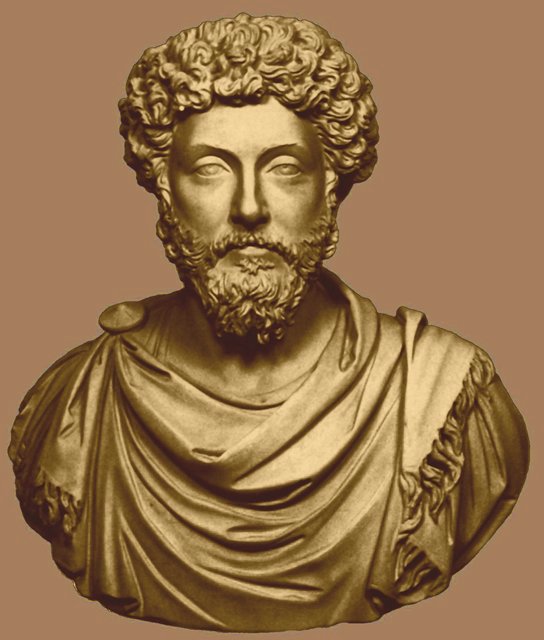
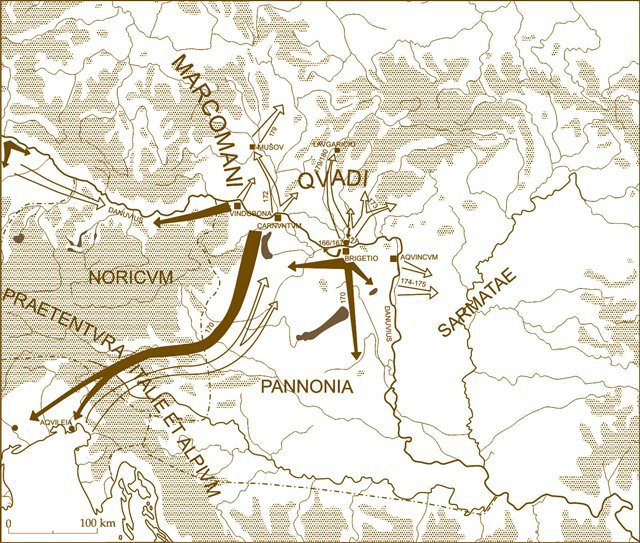
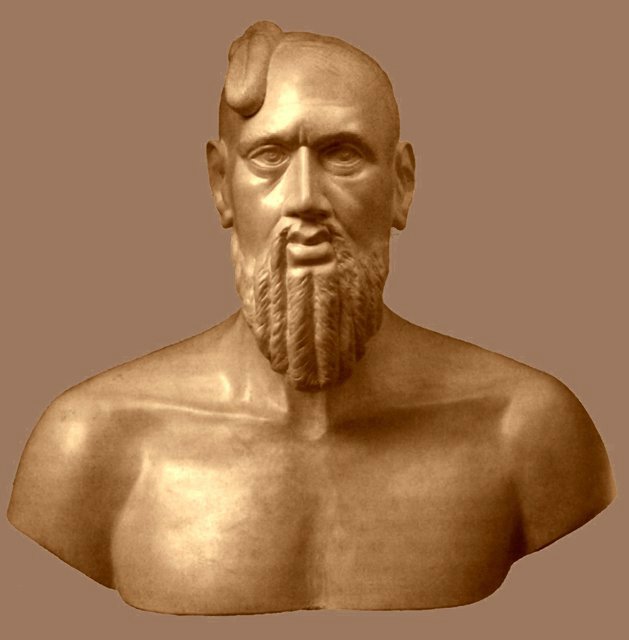
The first
attempt of braking the Limes - Roman Empire border - happened
already in years 166 - 167 AD, when 6.000 soldiers of the Longobardi
and Obii crossed
the Danube into Pannonian territory. Even though this attack was
defeated by the Roman cavalry troops from Arrabona, it was only a
first portent of the comming much more devastating campaigns.
The Romans
were not able to organize in time the defence and to prepare the
planned counter-attack, when the Marcomanni and Quadi together
attacked the North-Pannonian frontier. The army exhausted from the
wars against Parti tribes and decimated by the spreading plague
epidemic was not able to withhold the Germanic attacks. This way
fighting Germanic troops broke through the fortifications on the
Limes and succeeded in leading a ravaging campaign against
the Roman legions inside the Pannonia. They devastated whole
province and set out south towards Italia. The Romans only with a
great effort succeeded in stopping the comming catastrophe. After
dogged battles they finaly pushed the attacking troops out of the
province and started the counter-attacks led by the Emperor Marcus
Aurelius himself. Carnuntum became to be his temporary seat. In
the year 172 AD his army crossing the Danube over the pontoon
bridge undertake a succesfull campaign against Marcomanni and a
year later a penal campaign against the
neigbouring Quadi. The
Emperor himself participated in the both military activities
again. The starting point for the penetration of Roman army to the
territory of Germanic tribes was probably Brigetio. Afterwards the
army invaded deep inside the territory of Quadi along the river
valleys. Howewer they were challanged by the strong resistance.
Here a mercilles battle took place at the very beginning. The
surrounded Romans were rescued from a disastrous staggering loss
only by a ”mirracle rain”. This extraordinary event is
presented as one of the scenes on the Marcus Aurelius Column in
Rome. A note in the work ”Thoughts to myslelf” –
written by Marcus Aurelius – points to (today river Hron in
Slovakia) during this campaign. The battles against the Quadi went
on untill 174 AD. At the same time the Romans also fought against
the Sarmatians. In summer of 175 AD was the Emperor with his army
forced to march to Syria, where a revolt had been organized
by Avidius Cassius against the Rome. Therefore Marcus Aurelius was
forced th sign the peace agreement with Quadi.
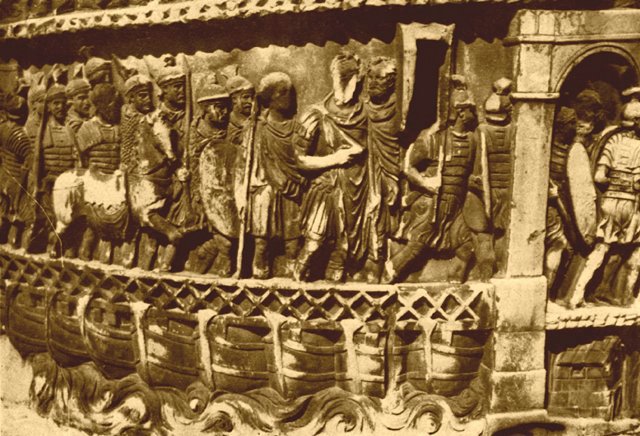
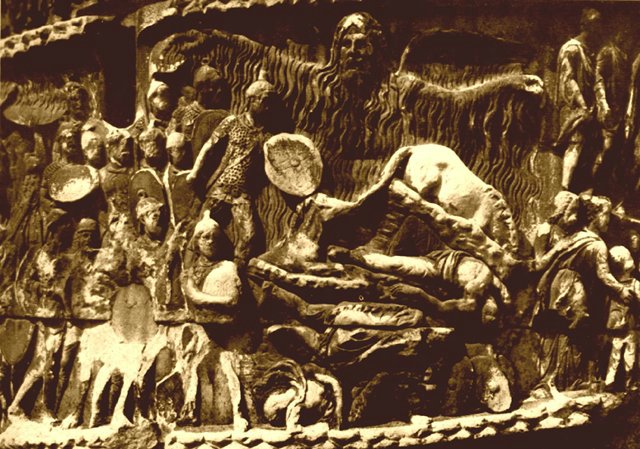
However,
this only meant the end of the 1st phase of the
Marcomannic wars, as a new conflict on Danube raised already in
two years time. The Romans retrieved the lost territories only
after hard battles. In 179 Marcus Aurelius led a victorious
campaign and definitely defeated the Germanic tribes. Many
military formations (with the force of about 40 000 men) were
established in he areas of the conquered but not subjugated
Marcomanni and Quadi.
How deep
inside the Quadi territory the Romans came, tells an inscription
in a rock engraved by M. Valerianus Maximus, the commander of the
formation that had camped at Laugaricio (today´s town of Trenčín
in Slovakia). At that time military formations spent winter at the
enemy´s territory in temporary earth-and-timber camps. Marcus
Aurelius was thinking of the foundation of the two new provinces:
Marcomania and Sarmatia. His sudden death, howewer, cancelled
these plans. His son Commodus for a short time continued in the
military actions, but in 180 AD finished the lengthy wars and
signed a peace with the tribes living on the left bank of the
Danube.
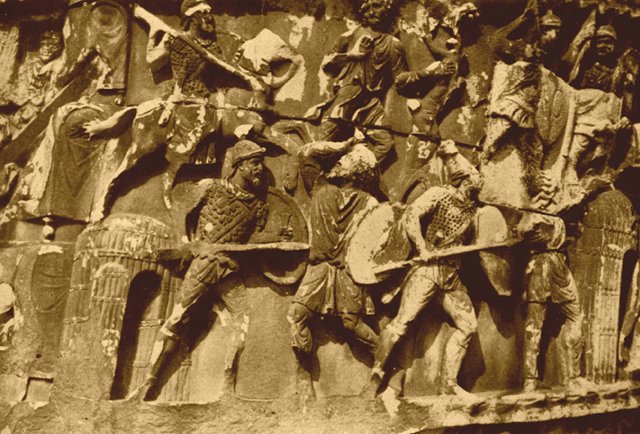
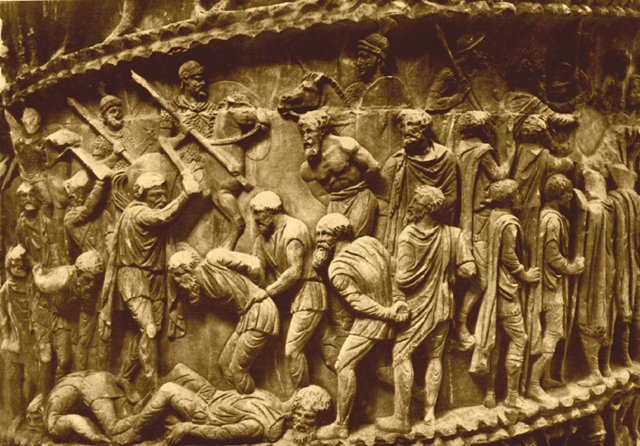
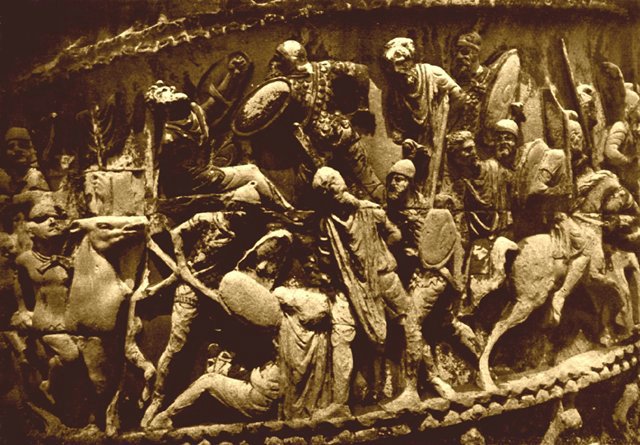
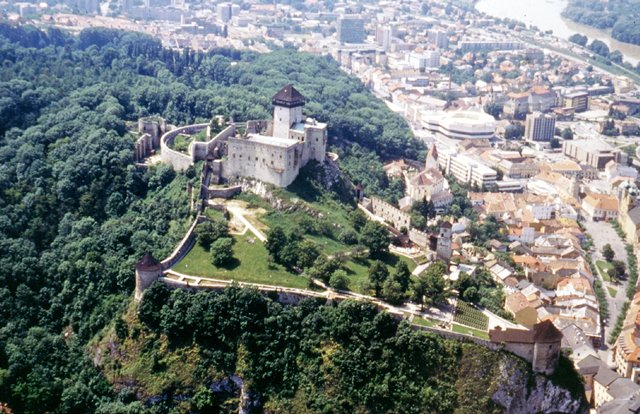
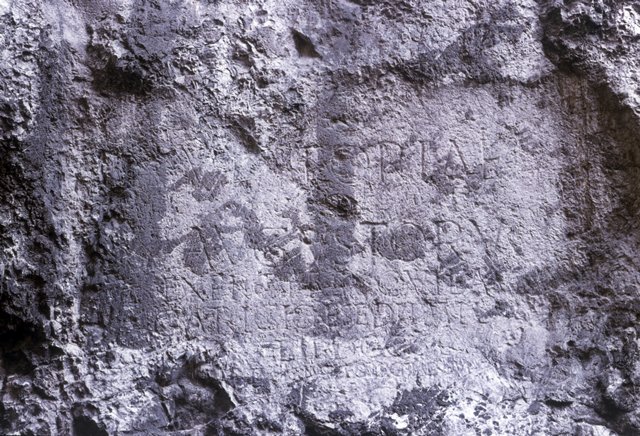
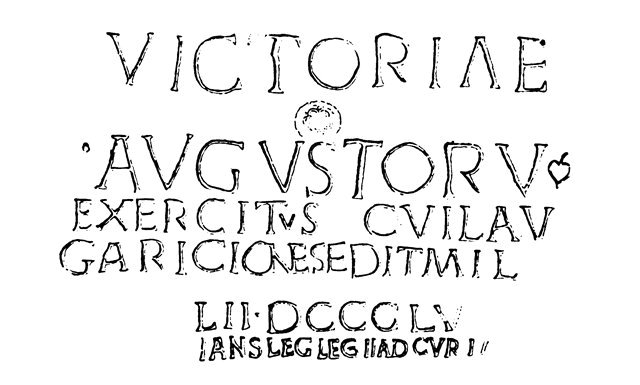
The building of the North-Pannonian border
The Roman Army
The armament and equipment of the Roman Soldiers
The role and importance of the Roman Army
The period of prosperity and decline
The last attempts and the decline of the Roman authority
| 

